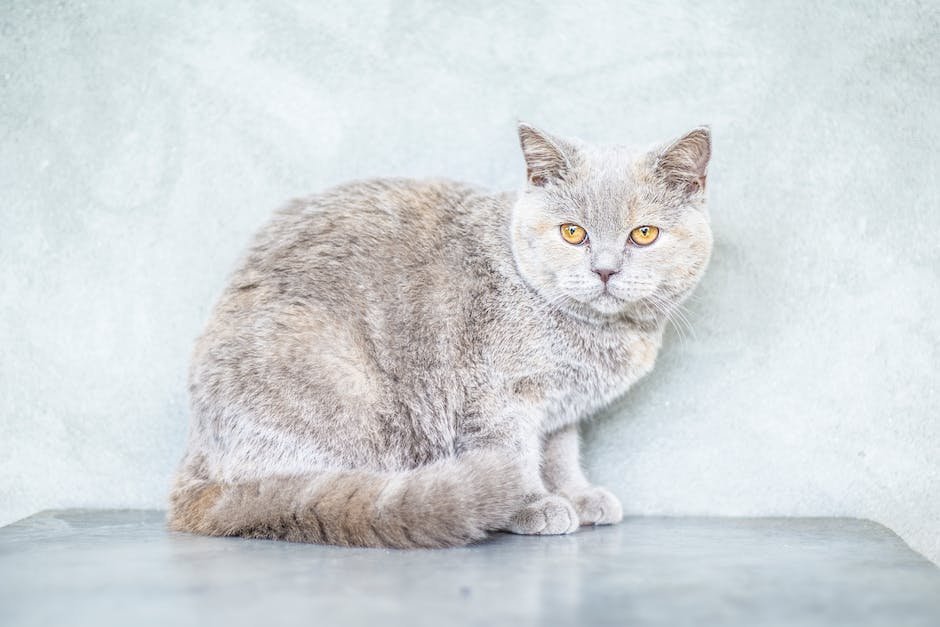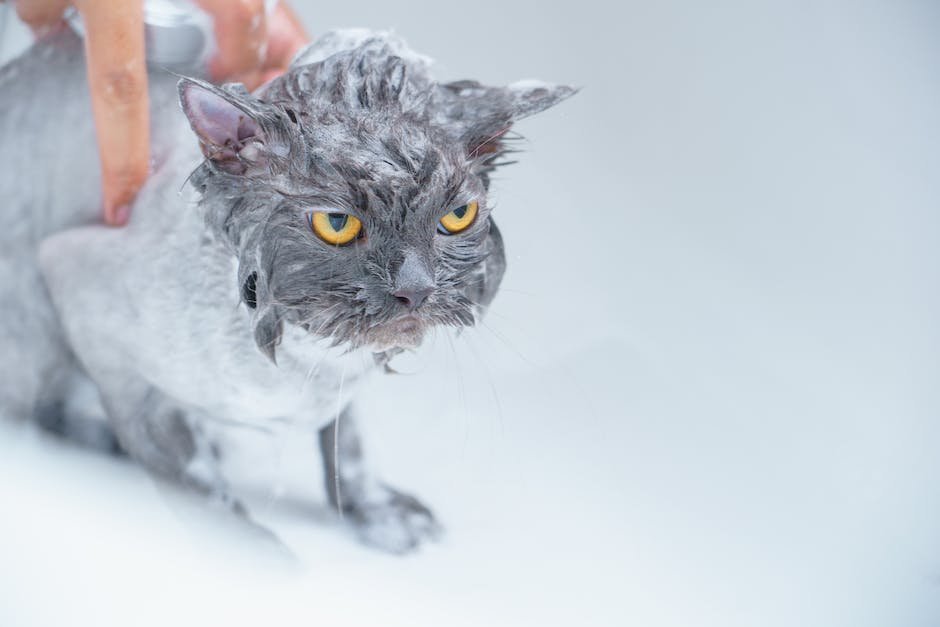The grey tortoise shell cat is one of the most recognizable colors for cats. They have very dense, solid layers of white that almost seem to blend into the color of their skin, making them look like they have an inner layer of fur. This makes it hard to tell where the thin coat ends and the body hair begins!
Many people associate this color with royalty and prestige. It was originally designed as a way to cover up expensive jewelry or clothing pieces by putting more average looking coats over top. Since then, it has become popular as a protective barrier against other animals or external elements. For example, some owners put their cat in this color to protect them from strong chemicals or poisonous substances.
There are many theories about what causes these cats to develop this coloration. Some say it is due to genetics while others believe it is caused by stress. What we know for sure is that it does not run in either parent’s genes so there is no way to prevent it from happening.
What causes dilution?

Diluting your cat’s coat happens when people use low quality products that do not contain enough dye molecules for proper coverage. This could be due to going cheap on individual ingredients or thinking that because someone else has such beautiful markings that they must be good for cats.
Properly dyed cat coats require lots of high-quality dyes so that each hair is fully saturated. These longer lasting dyes may cost slightly more at first, but it is worth it to invest in better products that will help give your kitty a lovely looking coat. Invest in brands that source their materials responsibly and don’t test on animals.
How is dilution diagnosed?
 If you notice your cat seems less active, has reduced interactions with other cats, or if she doesn’t seem to want to eat, then it may be time to look into dilution.
If you notice your cat seems less active, has reduced interactions with other cats, or if she doesn’t seem to want to eat, then it may be time to look into dilution.
Dilution can occur for several reasons. Perhaps her owners moved, and she no longer feels comfortable around other animals. This could also be due to differences in animal species – perhaps she was never exposed to dogs before. Or maybe she just isn’t attracted to them anymore.
Because most cats are social creatures, they will suffer from separation anxiety when their owner cannot watch over them. For example, if your dog gets adopted and you have to move, your pet can become distressed. This can cause behavioral issues like aggression towards other pets or even humans.
If your cat is showing signs of separation distress, veterinary experts recommend doing an internal check first to see if she is sick. Then, diagnostic testing should be done to determine whether external factors such as disease or poor nutrition are contributing to the problem.
Unfortunately, there is not enough information available about dilution to tell if that applies to your kitty.
What are the symptoms?
 The most common symptom is drooling, which can be seen as saliva running down their chin or through their mouth. This usually happens when they wake up or after exercise or playtime.
The most common symptom is drooling, which can be seen as saliva running down their chin or through their mouth. This usually happens when they wake up or after exercise or playtime.
Another frequent behavior for a Grey Tortoise cat is rubbing. They may rub their face on furniture, blankets, clothes, or other animals to relax.
Some individuals also notice a lighter shade of gray in their fur around their ears, nose, paws, and tail. These changes typically go away as they grow older.
If your pet is showing any of these symptoms, do not worry! With early detection, most cats recover completely within weeks. In some instances, it is possible to treat the disease with medication, nutritional supplements, or both.
What causes are there for dilution?
One of the most common things that can cause your cat to need extra diluted tannin foods is if they are eating too many other foods. If you notice your cat has a lot of toys, or she seems distracted when you play with her, it may be because she is hungry and needs to look for food somewhere else!
Diluting the diet with some kind of meat-based product like chicken or beef bone powder or cartilage can help make the taste more acceptable for your cat. Alternatively, you could just buy lower quality kibble products which contain enough raw meat to act as a source of nutrition while also requiring less frequent consumption by the animal.
Cat owners sometimes forget that their pets do not eat only one type of food – they require several different nutrients to survive. By limiting the number of sources of these essential vitamins and minerals, your pet may begin to suffer. Therefore, it is important to keep them well fed so that they do not have access to the necessary supplies in the environment.
Are all tortoiseshells dilute?
Technically, yes – but it doesn’t make much sense to consider grey or white cats as “dilution” of that breed. A true tortoise-shell cat has solid color stripes in their fur, which are caused by different levels of melanin being produced.
Some shades of gray and white seem to be associated with other traits, though. For example, some people claim that very light colored tabbies are more likely to be sweet. And some believe that black cats have good luck!
However, there is no reliable proof for these claims.
What should I do if I think my cat is dilute?
If you believe your cat is diluting themselves, there are some things you can do to help them feel better. First, make sure your give them enough food. They may be trying to downplay their appearance with less appetite. Also, try giving them more water to see if that helps wash away the color.
You could also try putting extra attention into helping them feel loved and cared for. It might help to spend time cuddling or grooming them. Finally, talk about how they look with them. Cats use facial expressions to tell you what they want, so asking questions about whether they feel happier now or if anything has changed seems appropriate.
Overall health may also be an issue, but this would require a trip to the vet. Your veterinarian can run tests to determine if something else is wrong with your cat.
What should I do if I think my cat is recessive?
If you believe your cat has a genetic disease, then it is very important to know what you can do to prevent further passing of alleles or mutations.
Many times, people will get their dog or cat spayed/neutered or vaccinated before knowing whether or not their animal has an inherited health condition. This is extremely helpful in preventing additional pass alongs of diseases such as dwarfism, color dilution, and possibly even cancer.
However, there are some things that cannot be done until the individual gene is identified. One of these things is for individuals with grey tabby cats to try to breed them to see if any offspring have more solid colors. Since most normal domestic short hair cats only have two colors (white and black), this does not apply to many breeds!
Another way to potentially help determine if your cat is carrier or affected by a particular disorder is through DNA testing. Unfortunately, this cost money and may or may not tell you everything you want to know.
What you can do however, is make sure your home is free of allergens and chemicals that could cause skin problems. Gluten-free diets are also recommended for those who are allergic to wheat.
What are the potential health problems?
The most common problem that people face with cats is overbreeding. This can happen when owners decide they want to have their own cat or when couples get married and both of them already have a dog or cat, so they keep breeding even though there’s no need for more than one pet at a time.
Overpopulation creates too many animals in an environment where resources are limited. Animals who don’t receive enough food or shelter suffer physically and mentally. For example, sick and starving animals may attack other pets or humans, causing physical injury.
They also pose a risk to wildlife and vegetation because they wouldn’t be eaten quickly if they weren’t hungry themselves. Many predators (birds of prey like eagles, hawks, owls) will not eat dead bodies due to the risk of getting infected from eating contaminated meat.
In addition to this, overbred cats often lose natural instincts such as socializing with other cats and re-homing themselves once they reach adulthood.

















